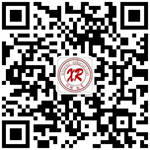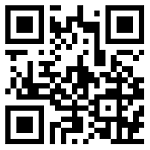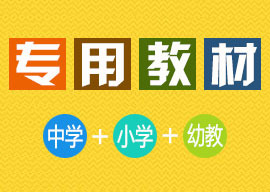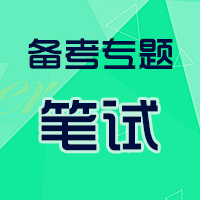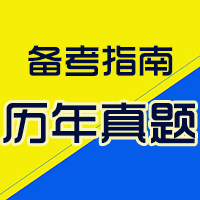提醒:点这里加小编微信(领取免费资料、获取最新资讯、解决考教师一切疑问!)
【答案】B。解析:考查交际用语。Can I have a look at it? 是表示一种请求,对应的肯定回答应该是Yes, go ahead,翻译为“是的,请便”。
2.阅读理解A篇
It’s a rough world out there. Step outside and you could break a leg slipping on your doormat. Light up the stove and you could burn down the house. Luckily, if the doormat or stove failed to warn of coming disaster, a successful lawsuit might compensate you for your troubles. Or so the thinking has gone since the early 1980s, when juries began holding more companies liable for their customers’ misfortunes.
Feeling threatened, companies responded by writing ever-longer warning labels, trying to anticipate every possible accident, Today, stepladders carry labels several inches long that warn, among other things, that you might—surprise! —fall off. The label on a child’s Batman cape cautions that the toy “does not enable user to fly”.
While warnings are often appropriate and necessary—the dangers of drug interactions, for example—and many are required by state or federal regulations, it isn’t clear that they actually protect the manufacturers and sellers from liability if a customer is injured. About 50 percent of the companies lose when injured customers take them to court.
Now the tide appears to be turning. As personal injury claims continue as before, some courts are beginning to side with defendants, especially in cases where a warning label probably wouldn’t have changed anything. In May, Julie Nimmons, president of Schutt Sports in Illinois, successfully fought a lawsuit involving a football player who was paralyzed in a game while wearing a Schutt helmet, “We’re really sorry he has become paralyzed, but helmets aren’t designed to prevent those kinds of injuries”, says Nimmons. The jury agreed that the nature of the game, not the helmet, was the reason for the athlete’s injury. At the same time, the American Law Institute—a group of judges, lawyers, and academics whose recommendations carry substantial weight—issued new guidelines for tort law stating that companies need not warn customers of obvious dangers or bombard them with a lengthy list of possible ones. “Important information can get buried in a sea of trivialities,” says a law professor at Cornell Law School who helped draft the new guidelines. If the moderate end of the legal community has its way, the information on products might actually be provided for the benefit of customers and not as protection against legal liability.
34. The author's attitude towards the issue seems to be_____.
A. biased B. indifferent C. puzzling D. objective
【答案】D。解析:这里所说的“问题”指索赔案中孰是孰非这一问题。文章探讨了索赔案所涉及的顾客(原告)、公司(被告)和陪审团三方的反应,重点指出陪审团态度的转变。文章叙述客观,作者没有表达个人观点。因此选D,意思是:客观的。
35. What does the first sentence in this passage mean?
A. The world is full of various dangers
B. The outside of the world is not smooth
C. The surface of the earth is very uneven
D. The world is full of violent noisy people
【答案】A。解析:第一段指出,如果你走出去,可能会滑倒在门垫上,摔伤一条腿;如果点燃炉灶,可能烧毁整栋房屋。因此选择A,意思是:世界充满了各种危险。
提醒:点这里加小编微信(领取免费资料、获取最新资讯、解决考教师一切疑问!)

